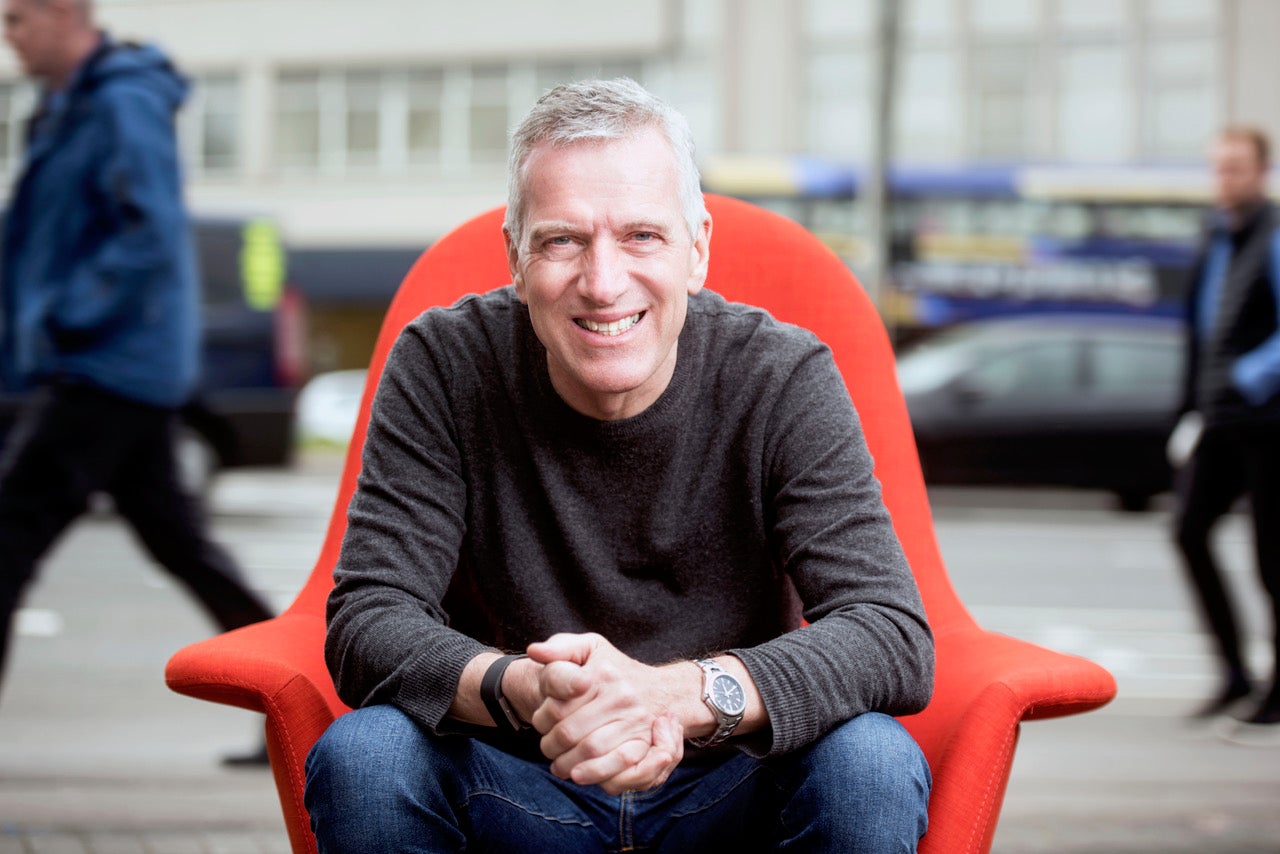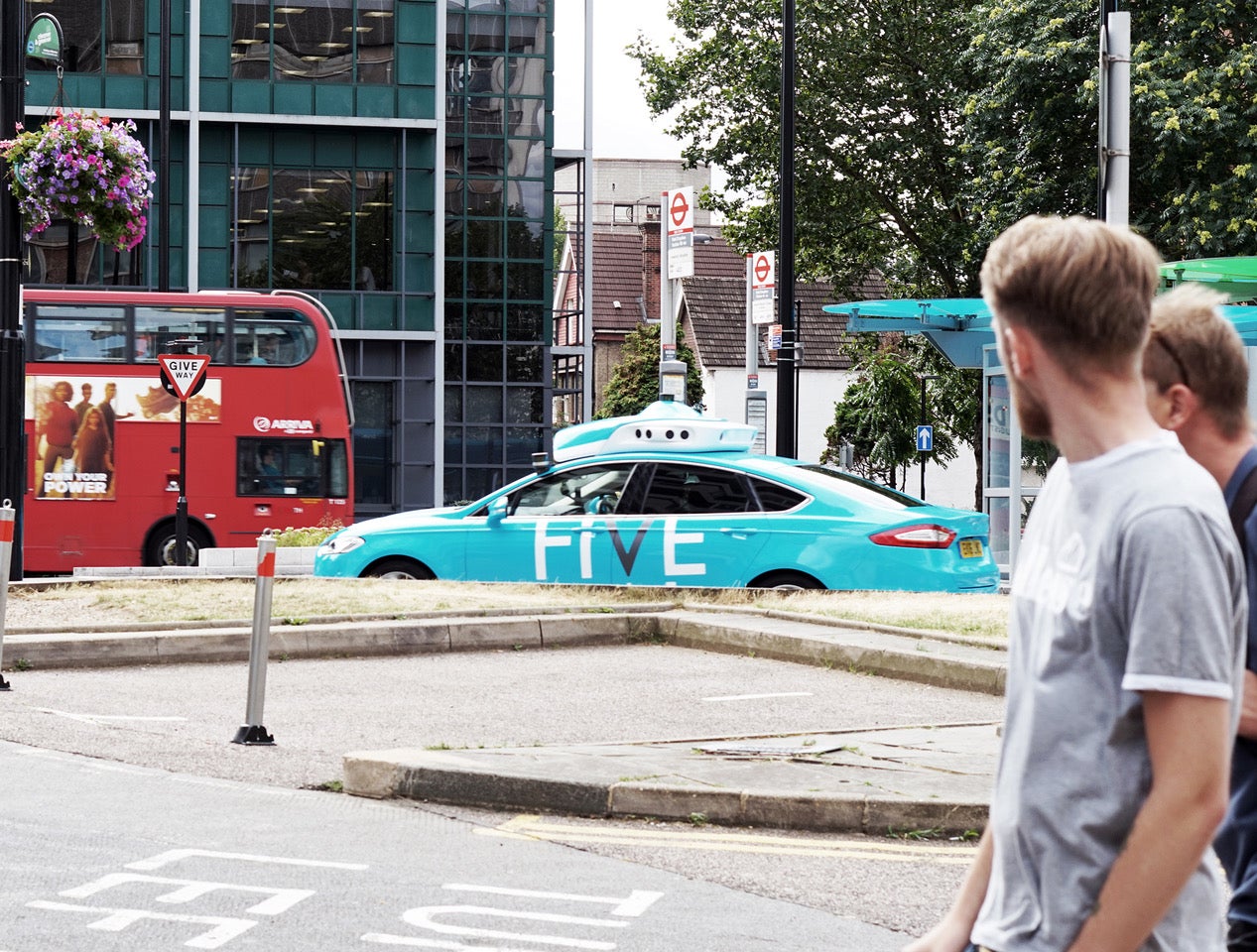How Five is creating simulation technology for driverless cars
Originally intending to compete with the ‘big boys’ with a fleet of driverless taxis, Five has since switched focus instead providing simulation tech for autonomous vehicles, writes Martin Friel

“It’s the mother of all problems. You’re dropping complex software into the real world and you have to prove ahead of time that this isn’t going to kill people,” says Stan Boland, CEO of Five, a provider of simulation tech for the autonomous vehicle sector.
This is how he describes the challenge facing the countless private and public enterprises that are pursuing the dream of making driverless cars a reality and the reason he set the business up. He likes a challenge.
The world of autonomous vehicles has generated excitement and disappointment in equal measure over the last decade and, judging by the lack of media coverage of progress, you could be forgiven for thinking that the whole dream has quietly died.
Read More:
But the reality is that those early cheerleaders have learned their lesson about overhyping the possibilities of driverless technology and have been busily and quietly working away to make their vision a reality.
Boland and his company are just one of many operating in this market from established car manufacturers like BMW and Honda and newer entrants such as Tesla to the countless joint enterprises between government and the private sector across the globe.
But the approach Five is taking is slightly different. While it started out with ambitions to compete with the big boys and build a fleet of “robotaxis”, focus has since shifted to providing the simulation technology to those seeking to develop autonomous vehicles.
“The first phase of the company [in 2016] was putting a team together in Europe and demonstrating that we can build an automated driving system. We wanted to build a robotaxi capability and then think about a way to get that to market,” explains Boland.
The rethink of the model came when it became apparent that he’d have to raise up to $500m to do that and at a time when investor confidence in the whole sector was waning.
It’s more like building a human body. If you test every component of a human, it is a very complex piece of software
“We went to pitch ideas to investors, and we discovered that we were a little bit late compared to companies in the US. The biggest problem was that by that point investors realised that nobody had any confidence about when any of the investment might deliver,” he says.
A change of tack was required if Boland and Five were to have any influence on the driverless revolution. He has identified three broad categories of operators in this sector and believes Five’s tech can make a real difference to their pace of development.
There are the traditional car manufacturers exploring what is possible with existing technologies like driver assistance. The problem with that, says Boland, is that the process of development is very slow and based on only one component.
“They didn’t realise that for automated driving, there is a complex system to be developed. It’s more like building a human body. If you test every component of a human, it is a very complex piece of software with geometry, deep learning and all of that. Every piece of it exhibits uncertainty,” he says.
They might get there but it would likely take too long to be practical and it would be naturally limited due to the approach taken.
The second is what he calls the US approach where physical, on-the-road testing is at the fore. Crash data is fed back into the system which is then adapted to ensure an appropriate response in the real world. But again, this is a resource and time-hungry approach, one that will struggle to satisfy the appetites of the investor community.
And then there are the outliers like Tesla whose stock market value skyrocketed when it announced the introduction of a new autopilot system.
“What Tesla is building is radical and quite different. The unusual thing about Tesla is that they recognised the world is uncertain, and they have gone a step further than other US companies. They have found a way of linking the simulation world to the real world much more tightly,” says Boland.

And now that he has accepted he is too late to take on the big boys, Boland is focusing his attentions upon one of the key sticking points for all developers – the testing required to validate the systems being developed to ensure they will react appropriately in the real world.
“You might want to replicate a scenario where a car cuts in on the highway. If you do that at an abstract level, then you can create a variety of incidences of that cut in,” he says.
“It’s creating the ‘what ifs’. When you have them, you can test how a system behaves [against them].”
He says that Five is focused on building tools to extract real world driving and annotate them but also create scenarios to generate a pipeline that can present a system with lots of different problems to solve.
“A driving path is outputted with throttle and break instructions and you can measure those against what good looks like,” he says.
While he concedes that what good or safe looks like for an autonomous vehicle has yet to be clearly defined, he believes it should be at least as safe as a human driver. To that end, he and his team have turned to the decidedly analogue and traditional Highway Code for guidance.
“We have been making it digital and quantifying what those rules mean as machine readable rules. Some are hard constraint legal stuff, but other parts are more subtle, based on driving judgement,” he says.
“What we have been building is a test oracle that can take a large amount of data from simulation and we want to find the needles in that haystack that identify risks and failures in the system. So, we test against the rules that have been created.”
And while the dream remains driverless cars for all, the early interest in what Five is doing seems to be coming from the transporters of goods rather than people.
Read More:
“These are real tangible things and we will see many more applications for off-road, airside transport, business campuses or mines,” he says.
“When it comes to public roads, I suspect that what we will see, to begin with, is not moving people but moving goods. It’s got more feasible, containable technical problems [to solve].”
While transporting goods might not be as enticing as taking a kip in the back of your car on the way to work, it is realistic, as in the next few years realistic. And it is by focusing on what is feasible in the short term rather than what he wants in the long term that Boland hopes to make his mark on the sector and play his part in making the ultimate dream a reality.
Join our commenting forum
Join thought-provoking conversations, follow other Independent readers and see their replies
Comments